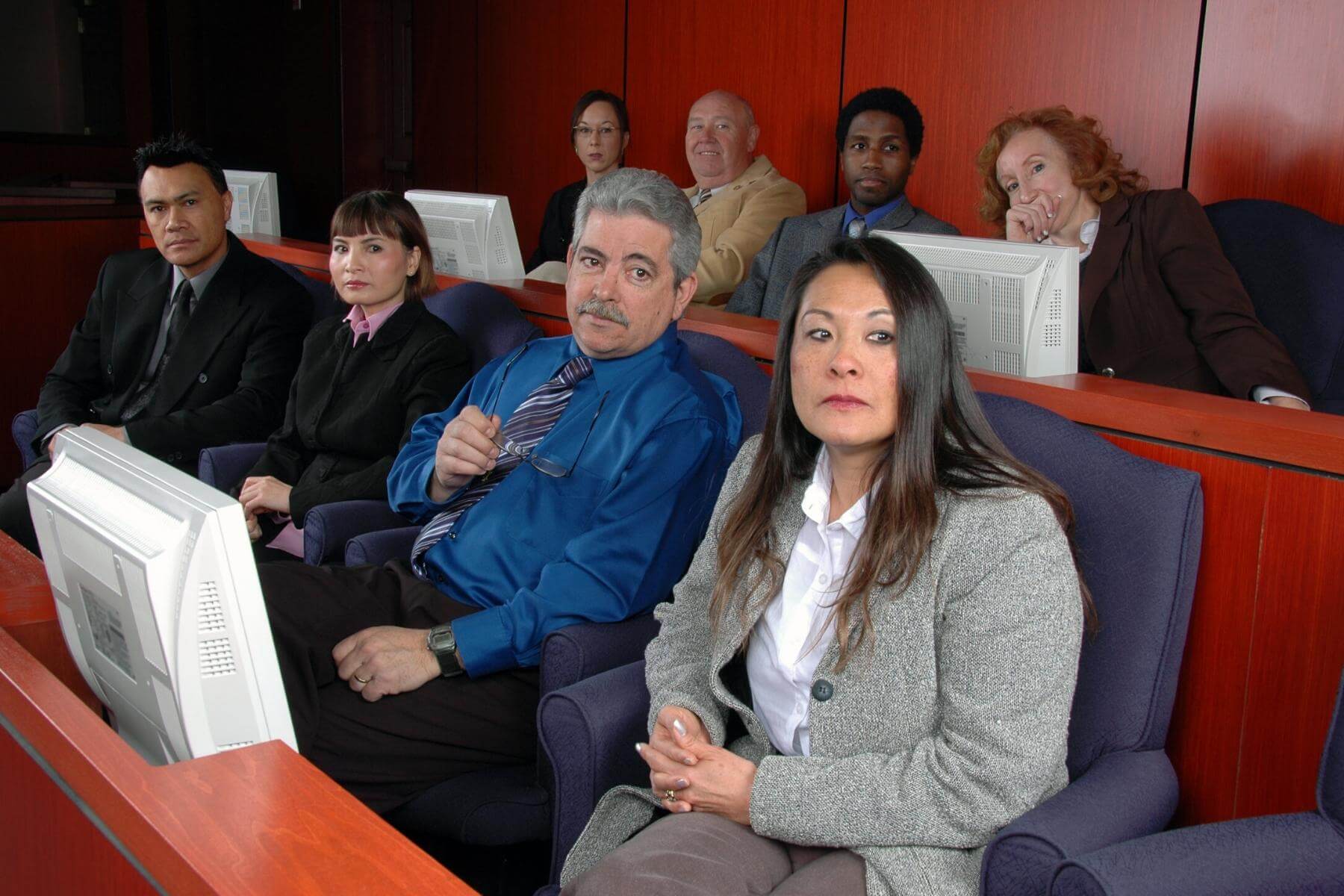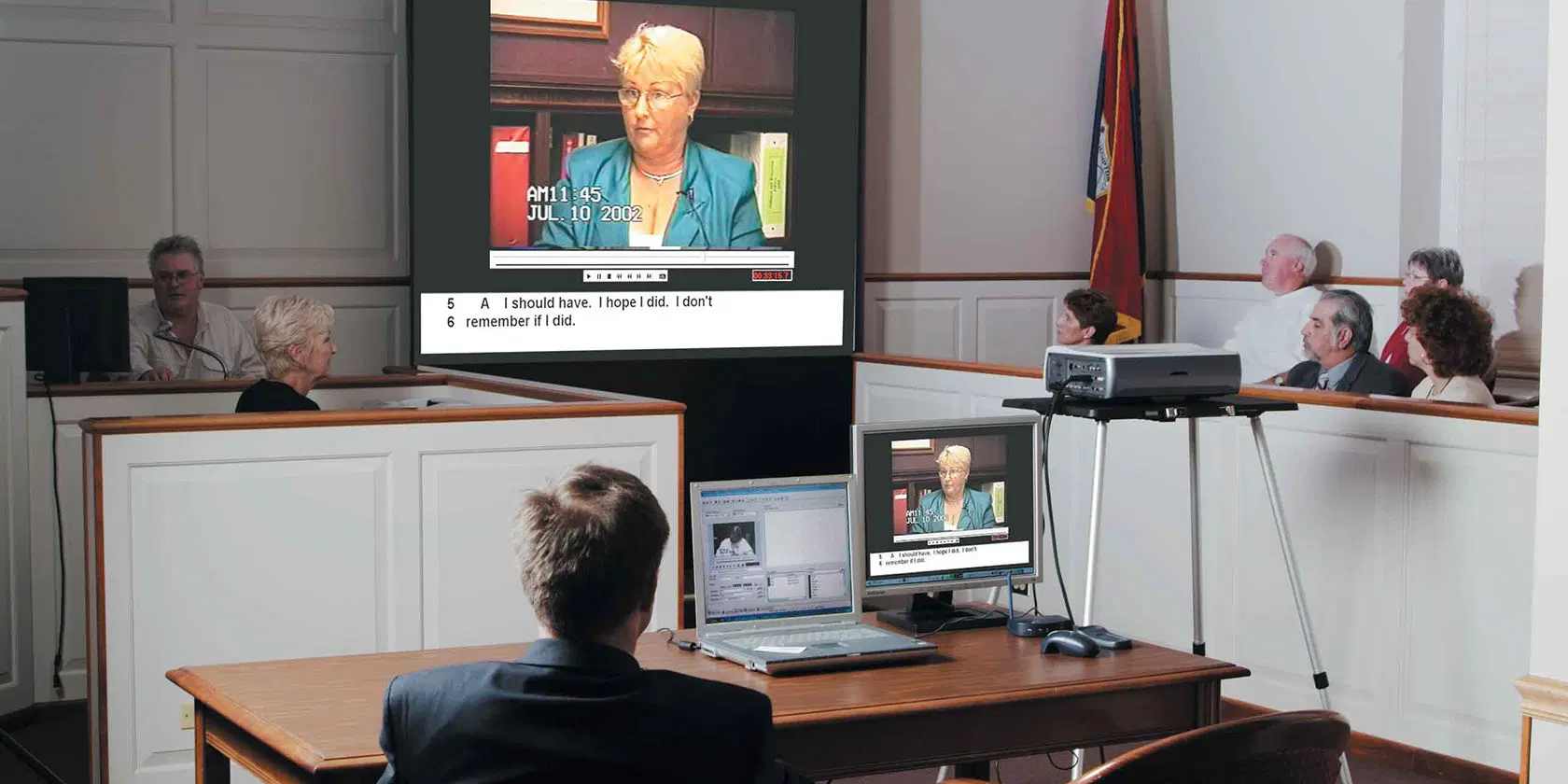Persuasive trial presentations make legal points stronger.
Persuasive trial presentations make legal points stronger.
Blog Article
Exactly How Trial Presentations Enhance Your Debate and Encourage Jurors
Test discussions serve as a pivotal device for improving legal debates and encouraging jurors. By incorporating visual aids, narrative structures, and emotional interaction, attorneys can develop an engaging situation that reverberates on multiple levels. The critical usage of visuals not only clarifies intricate details yet also catches jurors' attention better than words alone. The art of storytelling plays an equally important role in transforming valid evidence into an engaging story, forming jurors' perceptions. Recognizing these aspects can considerably impact trial outcomes, raising the concern of just how each component contributes to this complex dynamic.

Relevance of Visual Aids
Visual help play a critical duty in improving the effectiveness of test presentations, as they can considerably increase audience interaction and retention of details. In the context of a trial, where jurors are charged with handling complicated info, aesthetic aids serve to streamline and make clear key points. Graphes, charts, and photos can communicate information and principles that may otherwise bewilder or puzzle jurors, enabling a more straightforward understanding of the evidence presented.
Furthermore, visual aids help in preserving juror focus throughout the proceedings. By breaking the monotony of spoken testimony, these tools can punctuate vital debates, making them a lot more remarkable. Efficient visual help can additionally stimulate emotional actions, which can be pivotal in convincing jurors to straighten with the presenter's story.

Crafting Engaging Stories
A compelling story is important in trial presentations, as it acts as the backbone of reliable persuasion. It enables attorneys to weave together realities, proof, and emotional elements right into a systematic tale that resonates with jurors. This narrative framework makes it possible for jurors to understand the intricacies of the case while leading them through the lawyer's argument.
To craft an engaging story, attorneys should concentrate on quality and comprehensibility. Furthermore, the usage of brilliant summaries can create mental photos that aid jurors imagine the occasions, making the story much more memorable.
In addition, incorporating vital motifs throughout the presentation enhances the core message and aids in retention - trial presentations. The story should not just share information yet additionally stimulate a feeling of justice, highlighting the stakes entailed. Inevitably, a sound story cultivates a link in between the jurors and the case, positioning the lawyer's debate as both reputable and compelling, consequently boosting the probability of a desirable decision

Engaging the Court Psychologically
Effective court engagement hinges on the attorney's capability to connect with jurors on a psychological degree. This a knockout post connection can considerably impact jurors' understandings and their utmost decision-making.
Visual help, such as photographs or video clips, can better boost emotional involvement, offering jurors with vivid depictions of the situation's human components. Crafting a story that highlights the struggles and victories of the individuals included makes certain that jurors see past the lawful arguments and acknowledge the human effects of their decisions.
Moreover, tone and body movement play an essential function in conveying emotion. A lawyer's passionate delivery can reverberate with jurors, enhancing their psychological investment in case. It's important to balance sob stories with accurate evidence, making sure that jurors really feel forced to act while staying grounded in the truth. Inevitably, a psychologically involved court is most likely to be encouraged, making psychological link an essential element of efficient trial discussions.
Structuring Your Discussion

The body of the presentation must be practically segmented into bottom lines, each supported by compelling evidence. It is advantageous to use storytelling methods to weave realities right into a narrative that jurors can easily comply with. Aesthetic help, such as graphes and videos, can improve understanding and interaction, helping to highlight important items of proof.
Real-World Instance Research Studies
Examining real-world study offers invaluable insights into the art of trial presentations and persuasion. For example, the site case of "O.J. Simpson v. The People of California" highlights exactly how visual help and engaging here stories can sway court perceptions. The protection group efficiently used an approach that integrated top-level expert testaments with multimedia presentations, which astounded jurors and ultimately affected their choice.
An additional notable example is the "McDonald's Coffee Instance," where the complainant's attorneys utilized graphic photos of the injuries sustained by Stella read the article Liebeck. trial presentations. This raw aesthetic evidence played a critical duty in communicating the intensity of her burns, resulting in a significant court honor. Such instances demonstrate that impactful trial discussions often depend upon the reliable assimilation of visuals and storytelling to stimulate psychological actions from jurors
Additionally, the "Casey Anthony Test" highlighted the significance of narrative comprehensibility and integrity. The prosecution's failure to develop an engaging timeline decreased their influential power, underscoring the requirement of a well-structured presentation. Evaluating these situations exposes that successful test discussions call for calculated planning, psychological interaction, and the capacity to resonate with jurors' worths and ideas.
Final Thought
Trial discussions considerably improve debates and convince jurors with the calculated usage of visual help, engaging stories, and emotional engagement. By streamlining complex information and cultivating links with the target market, these components develop a memorable and impactful experience. A well-structured presentation equilibriums emotional appeals with valid proof, eventually reverberating with jurors' values. The integration of these strategies not just influences decision-making yet also underscores the significance of effective interaction in the court.
Report this page